True Superhero Yayoi Kusama: The Genius Behind The Art
More pop star than artist, Yayoi Kusama’s popularity should not be underestimated. Her year-long show at London’s Tate Modern sold out in minutes, extended its run for another year - then instantly sold out again.
Los Angeles’ The Broad museum sold 90,000 tickets for its Kusama exhibition in one afternoon back in 2018, prompting the Los Angeles Times to ask if the artist was ‘Hotter than Hamilton?’ New York’s David Zwirner gallery restricted time slots to 45 seconds for each viewer of her Infinity Mirrored Room in 2013, with lines forming one hour before the gallery even opened.
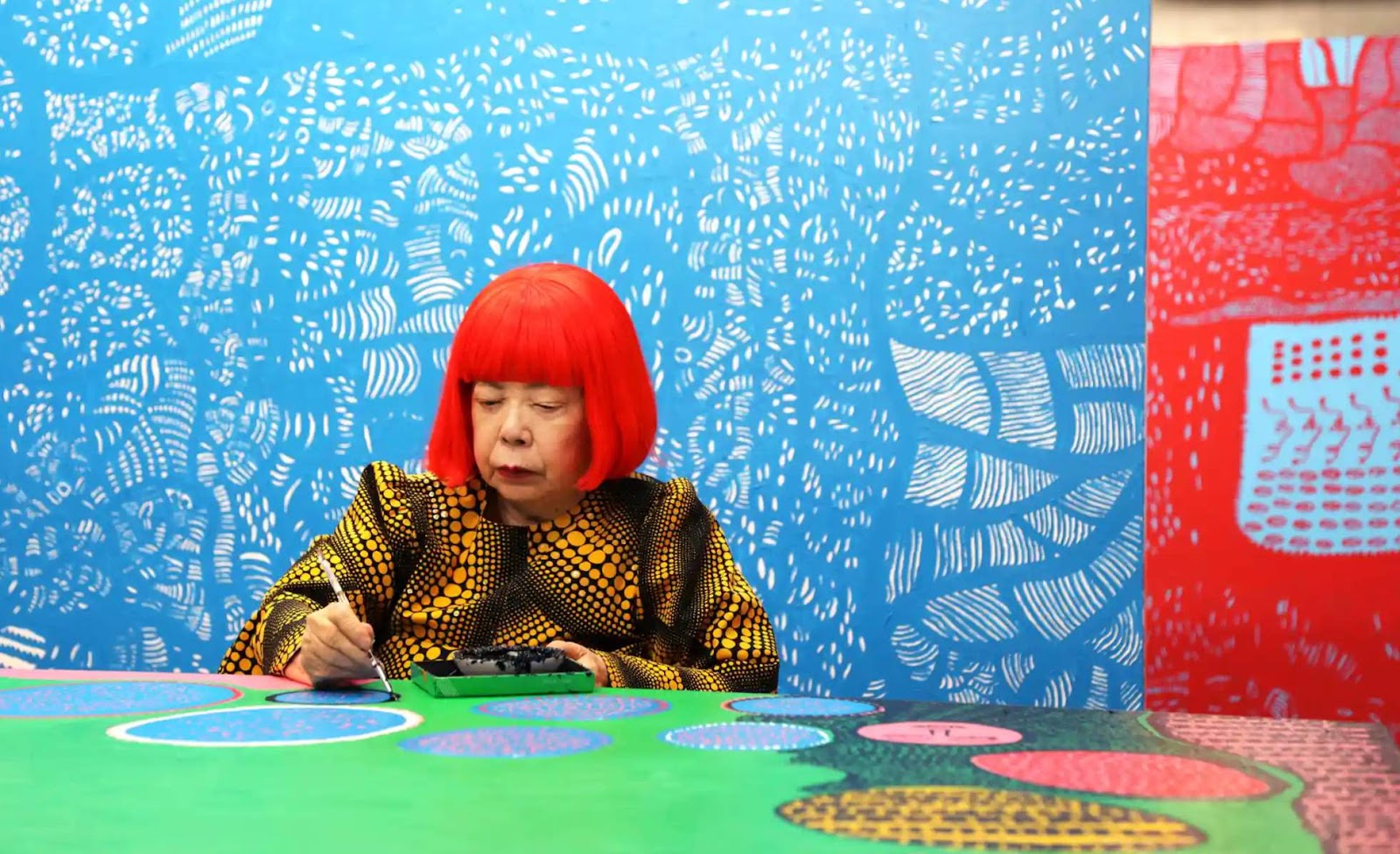
Yayoi has not always been so in demand, of course. She struggled to gain attention when she moved to New York in the late 1950s. It was post-WWII, anti-Japanese sentiment remained high. She was a woman in an art world dominated by men and, at the same time, Yayoi was working to break down the stigma around mental illness when it was seen as a huge taboo.
"The brand new social experience where you activate your gaming skills as you train like a spy."
- TimeOut
Take on thrilling, high-energy espionage challenges across different game zones.

Yayoi had experienced psychological issues from childhood and spent her life trying to come to terms with her hallucinations and obsessive-compulsive behavior. She used her art and writing as a form of therapy and utilized it to help remove the stigma surrounding mental health. “My artwork is an expression of my life, particularly of my mental disease,” she told BOMB magazine.
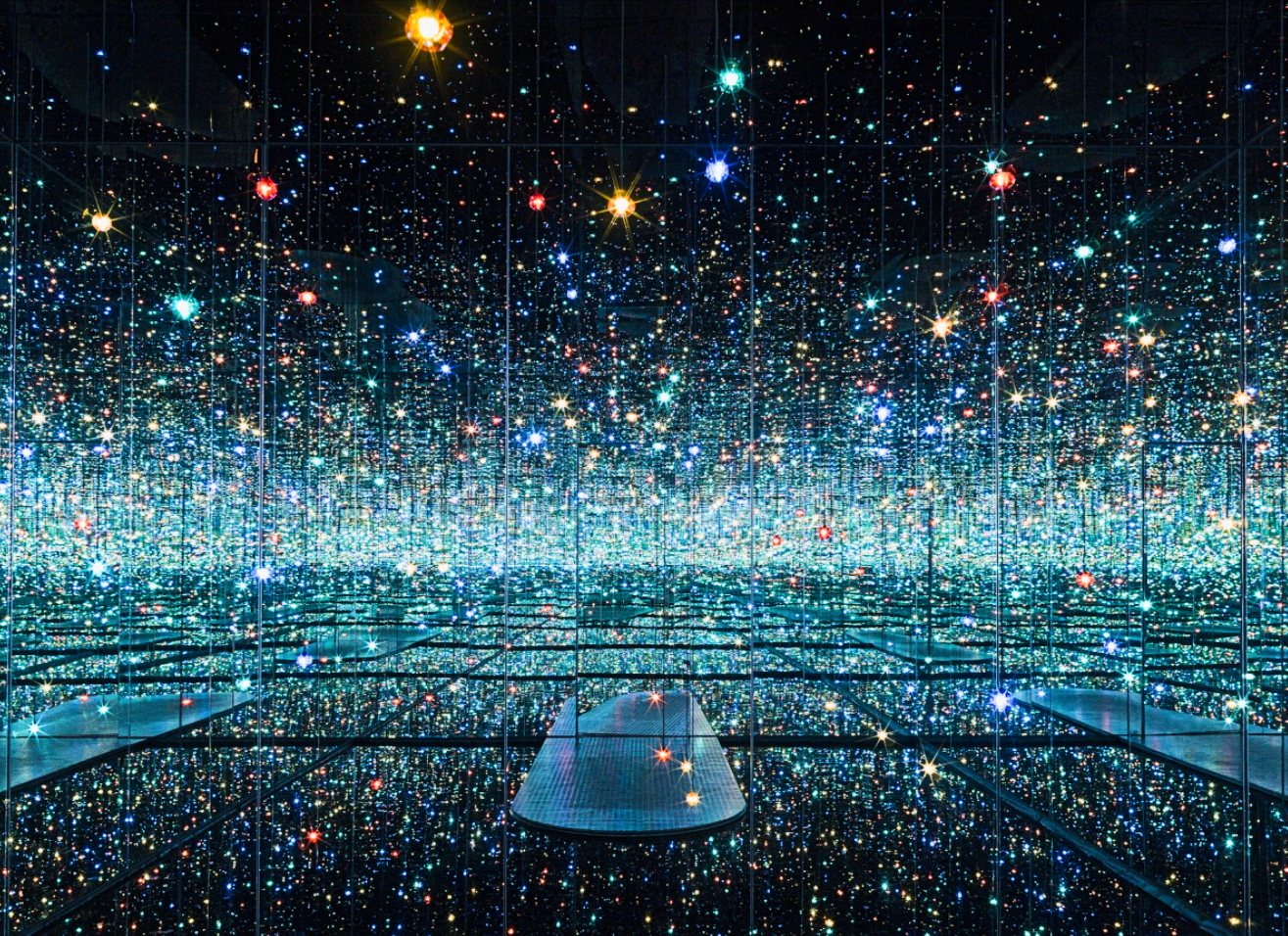
Yayoi is famous for her highly-Instagrammable Infinity Mirror Rooms series and large-scale, iconic polka-dot sculptures. Her work is often given a playful, even amusing edge that helps break down barriers and speaks to people across generations and cultures.
Early life and hallucinations
Born in 1929 in Matsumoto, Japan, to a wealthy, middle-class, conservative family, Yayoi recalled her mother forcing her to spy on her father and his many lovers, which caused her great distress. When she was seven, Yayoi began seeing everyday objects light up and sometimes they spoke to her.
“One day, I suddenly looked up to find that each and every violet had its own individual, human-like facial expression,” she wrote in her autobiography Infinity Net.
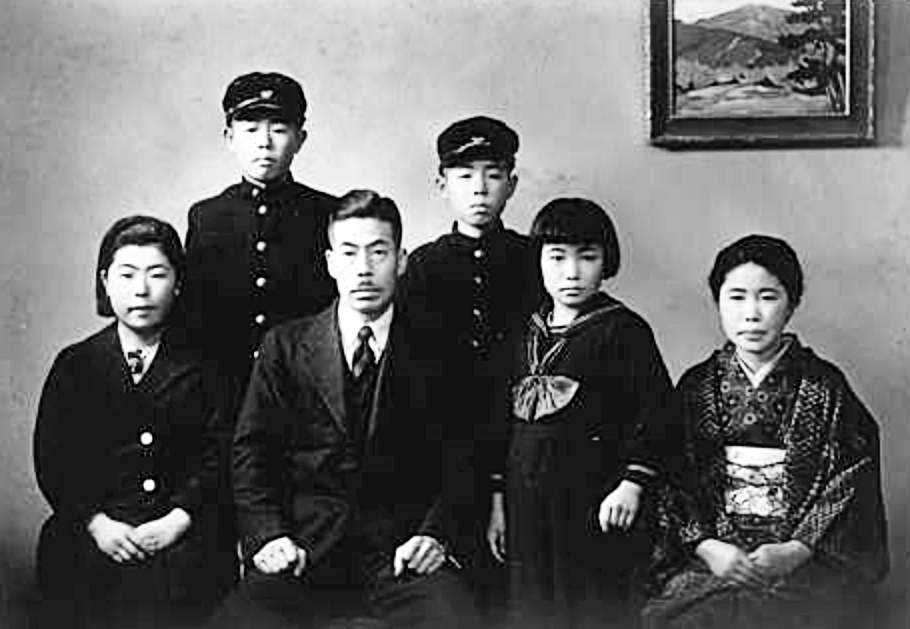
Yayoi’s father bought her art supplies, but her mother viewed painting as unsuitable and confiscated her paintings as she worked on them, pushing her instead to become a traditional Japanese housewife. Her early experiences could explain why Yayoi works frantically - she is afraid her work will be taken away.
When WWII broke out, Yayoi worked 12 hours a day in a parachute factory, along with other school-age children in her hometown, but she practiced art in her spare time. In 1948, after the war ended, she attended the Kyoto Municipal School of Arts and Crafts, where she was judged ‘not passable’ in drawing.
“[My parents] were always trying to rope me into arranged marriages with men I’d never met,” Yayoi told writer Andrew Solomon, describing her early 20s as “my era of mental breakdown”. She began to feel increasingly like “a prisoner surrounded by a curtain of depersonalization”.
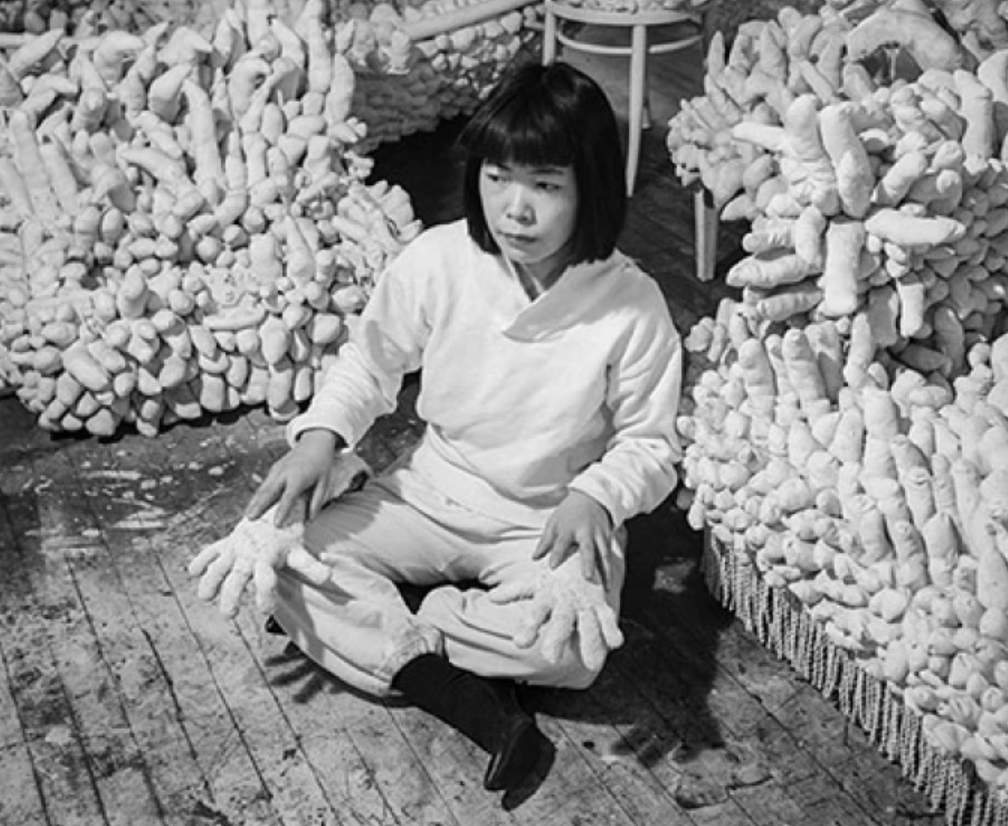
‘Schizophrenia tendency’ diagnosis
A visitor to Yayoi’s first show, Dr. Shiho Nishimaru, presented a paper on her at a psychiatric conference, titled Genius Woman Artist With Schizophrenic Tendency. He encouraged her to leave home so her neurosis would not get worse. She flew to New York where Georgia O’Keeffe helped make introductions in the art world. Finally free, Yayoi stayed for more than 15 years.
Her first New York exhibition opened at The Brata Gallery in October 1959 with five paintings on 30ft-long canvas, each a giant mesh composed of small loops of lace-like white paint called Infinity Nets. Some sold for around $200 at the time. By 2008, one of the paintings fetched $5.1m at an auction, a record sum for a living female artist.
She began to blend abstract expressionism, pop art, and feminism as she became acquainted with leading figures of the ‘60s, including Willem de Kooning, Andy Warhol, and Roy Lichtenstein. Yayoi watched their meteoric rise while she lagged behind believing her male peers, like Andy Warhol, copied her repetitive style.
The 1960s were a difficult period. When Yayoi’s New York doctor - one of only two Japanese doctors in Manhattan at the time - agreed to treat her pro bono, she repaid him with 11 of her artworks as a token of gratitude. The pair remained friends until Dr. Teruo Hirose’s death in November 2019 at age 93. His estate later sold her art for $15m.
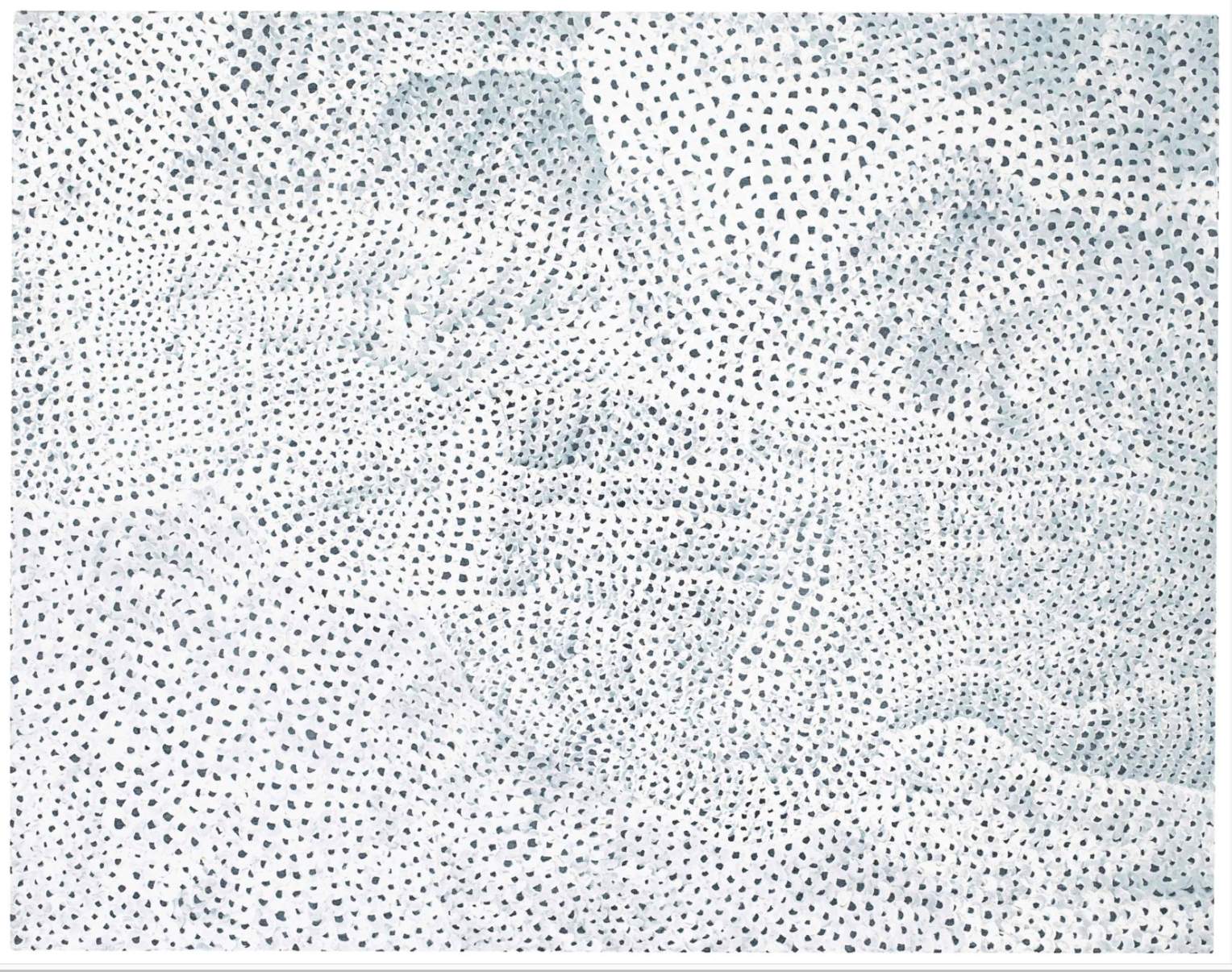
Her main benefactor in New York was the reclusive artist Joseph Cornell. They met in 1964 when Yayoi modeled for the older man.
“I believe it was love at first sight for Cornell when he first saw me,” Kusama recalled in her autobiography. “I disliked sex, and he was impotent; we suited each other very well,” she told Solomon.
Finding fame at a cost
With dogged determination and the support of her close friend and gallery owner Beatrice Webb, she went to the Venice Biennale in 1966 without an invitation. Yayoi filled the lawn outside the Italian pavilion with 1,500 mirrored balls, which she offered for sale at $20 apiece. The authorities said she was selling art like ‘hot dogs’.
Her popularity grew. She began making live ‘happenings’ in prominent locations. Yayoi painted naked people with black and white polka dots, then filmed them simulating tense orgiastic scenes, which caused a media backlash.
“Kusama, whose gross lust for publicity never leaves room for taste, managed to put on the year’s most boring freak show,” wrote The Village Voice. Her family stopped sending money. The death of Joseph Cornell two years later was very traumatic. Then in 1974, her father died after a long illness.
She would later tell the Financial Times: “Georgia O’Keeffe-san was worried about me... I was painting so much every day. I called the hospital many times and the doctor told me I should call the psychiatric hospital instead... The doctor said, ‘You are painting too much.’”
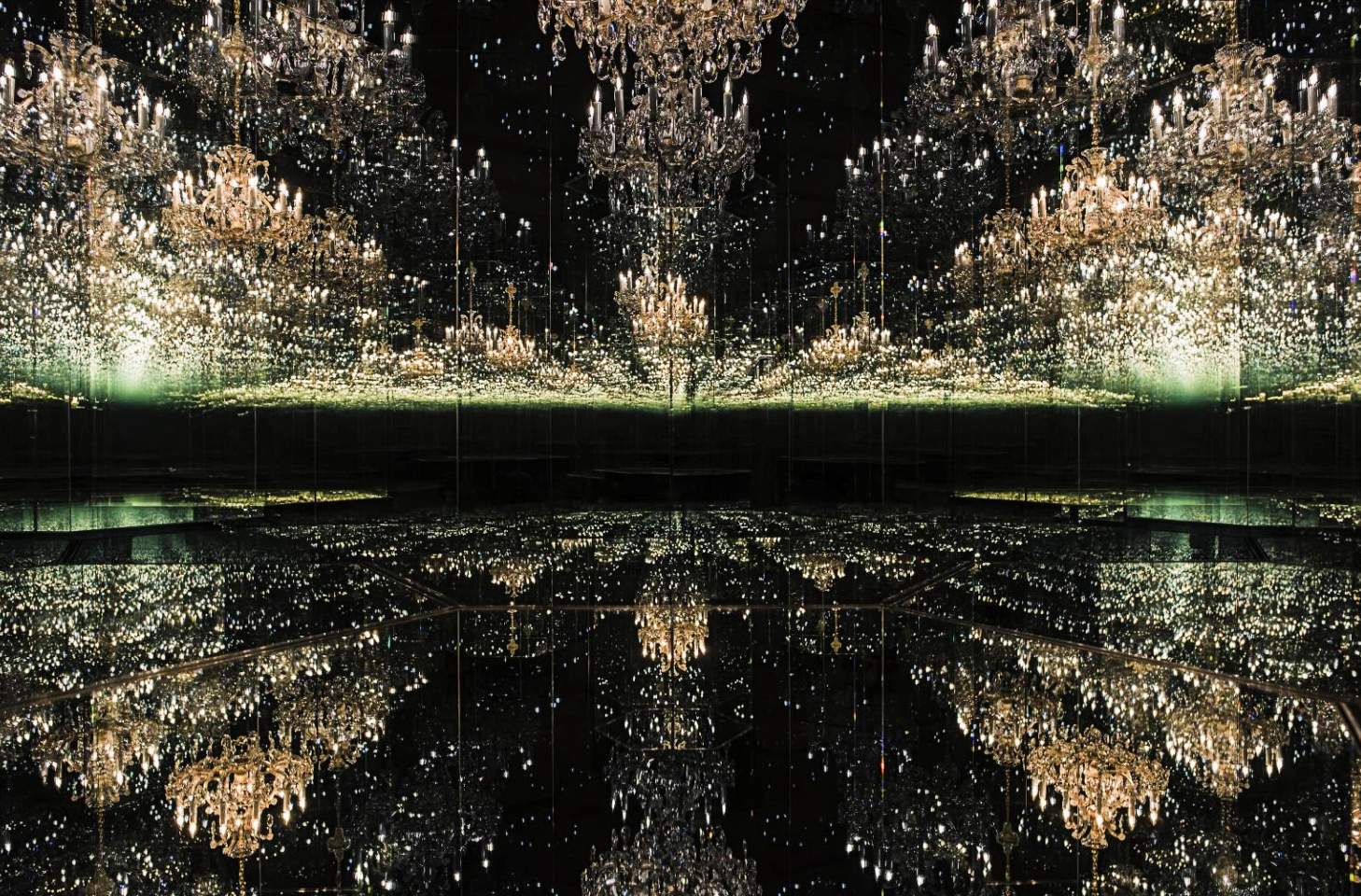
Return to Japan
Yayoi admitted herself into a Tokyo psychiatric institute, the Seiwa Hospital for the Mentally Ill, in 1977 and never checked out. She had attempted suicide before in the 1960s - once jumping out a window but surviving by landing on a bicycle - and she recognized the troubling signs. She now works in her studio across the street every day and returns to the institution at night.
In 1993, she was selected for the Venice Biennale - the venue she’d been banned from 30 years earlier. The 'Kusama boom', as it is called in Japan, had begun.
“This is the best moment in my life,” she told the FT about her increasing fame. “I want to become more famous, even more famous.”
Solomon, writing in Artforum, said that although critics may find it distasteful, Yayoi’s need for fame and success has to be put into context: “She was less readily accepted since she was a woman; and battling for ground in a foreign tongue; and living in a society recovering from aggressive wartime prejudice against Japan. She was also always in desperate financial straits.”
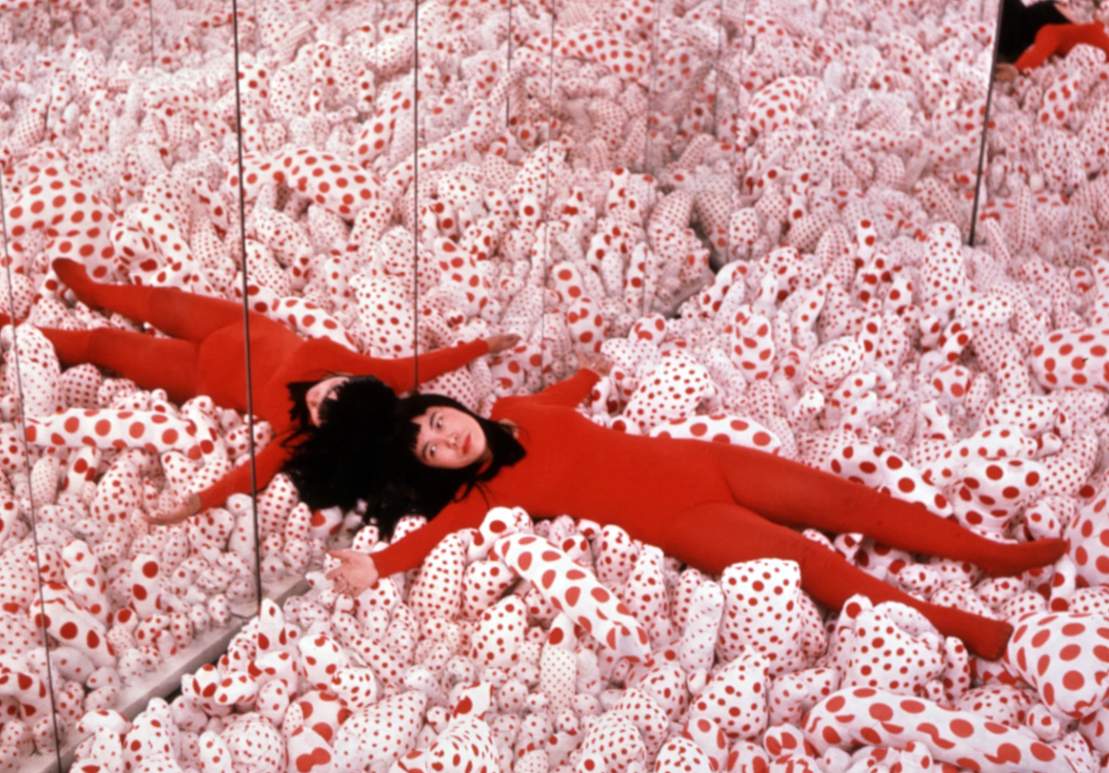
Legacy and mental health awareness
Yayoi’s approach to philanthropy, as with her art, has been somewhat unconventional.
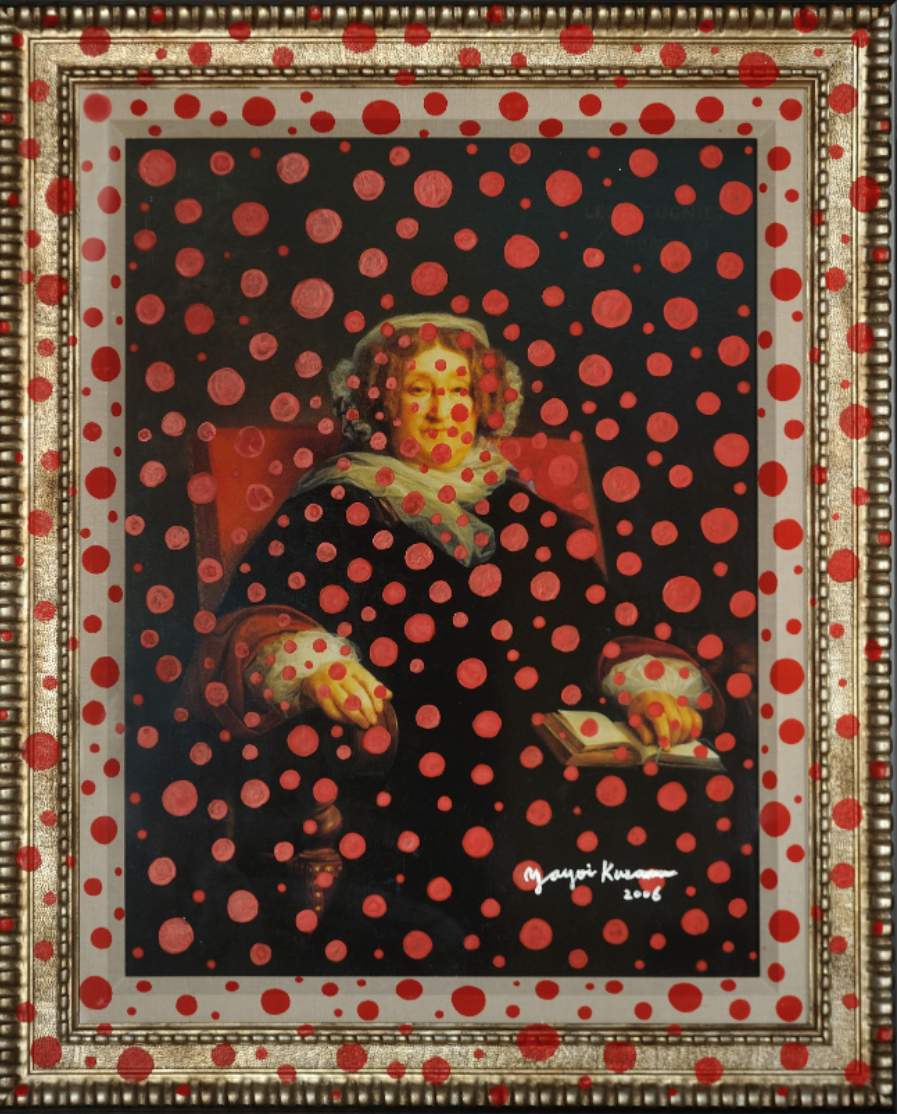
She overlaid a portrait of Veuve Clicquot’s founder, Barbe-Nicole Ponsardin (widely known as Madame Clicquot) with bright red polka dots for a charity auction in Tokyo. Her work occasionally pops up as charity T-shirts.
To help raise money for Japan’s 2011 earthquake victims, Yayoi - along with other artists - donated her work to raise money for the Red Cross.
In 2017, she founded the Yayoi Kusama Museum in Japan, which aims to “give visitors a chance to learn about the courageous battles that Yayoi has fought as an avant-garde artist, allowing them to experience and feel the sincerity of her ideas, namely of saving the world through love”.
Is it a commercial venture? Yes, but it is also part of a lifelong mission to process her hallucinations and bring more understanding of mental illness to the world.
SPYSCAPE+

Join now to get True Spies episodes early and ad-free every week, plus subscriber-only Debriefs and Q&As to bring you closer to your favorite spies and stories from the show. You’ll also get our exclusive series The Razumov Files and The Great James Bond Car Robbery!


Gadgets & Gifts
Explore a world of secrets together. Navigate through interactive exhibits and missions to discover your spy roles.
Your Spy Skills
We all have valuable spy skills - your mission is to discover yours. See if you have what it takes to be a secret agent, with our authentic spy skills evaluation* developed by a former Head of Training at British Intelligence. It's FREE so share & compare with friends now!
* Find more information about the scientific methods behind the evaluation here.


Stay Connected
Follow us for the latest
TIKTOK
INSTAGRAM
X
FACEBOOK
YOUTUBE